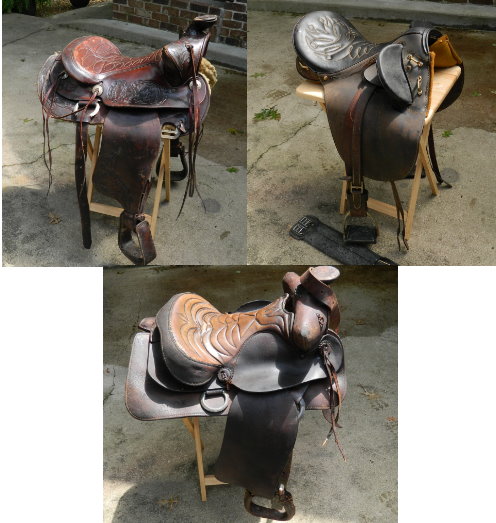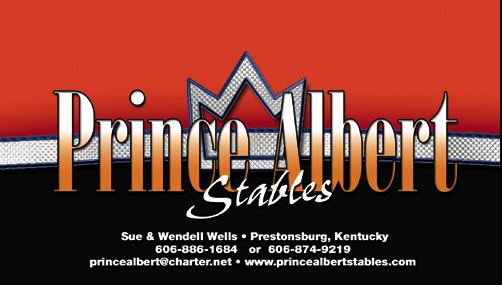THE TRUTH ABOUT SADDLE FITTING
FOR THE GAITED HORSE

Since the tremendous growth of the internet over the past couple of decads, there has been a lot of mis-information and sales gimmicks regarding saddle fit.
We would like to offer you some practical information to guide you in the purchase of your next gaited horse saddle.
First of all you need to understand that your saddle is for YOU! Not the horse.
Horses are adaptable, and can handle a not so perfect fit, but you do need to have a decent fit.
Is it possible to fit a saddle to your horse perfectly?
On 99% of most horses the answer is NO. However, there is that 1% that get lucky and fit their horse perfectly.
Unfortunately that perfectly fitting saddle can change over time and sometimes rather quickly depending on several factors. People lose and gain weight and change sizes and so do horses. A slight weight gain or loss can quickly turn that perfect fit into a not-so-perfect fit and leave you as a responsible horse owner very frustrated. To add to the frustration, there are many so-called “expert” saddle fitters that will over-complicate the issue and most of the time these saddle fitters “just happened” to represent a company that can tailor a saddle to give you the perfect fit.
HOGWASH! Beware of this misinformation!
If you are uncertain about the fit of your saddle we suggest you just ask your horse.
What? That’s right, you should ask your horse. The morning after a ride you can find out if your saddle is creating a problem for you horse by digitally palpating your horses back using moderate pressure. If your saddle is causing problems your horse will react negatively to the palpation. Your horse will tell you. No one else can. If you get no negative response, you know that you have a generally good fit and your horse is not being negatively affected. If your horse responds negatively, then you could have a fitting problem.
What is the answer?
The best cure for the imperfect fit is to accept the fact that the perfect fit is always going to be a moving target that will be very difficult or nearly impossible to hit. So, we have some ideas concerning saddle fit that may help you in determining which direction to take when you are investing your hard earned money in a saddle that you will keep for many years to come.
There are some common sense techniques that you can use to alter the way a saddle fits. Proper placement, cinching and padding are a few ways that could give you a more satisfactory fit without changing saddles.
What is a proper fit?
We define a proper fit to be achieving as much contact as possible between the Saddle and the horse’s back. When we look at the fit we want an even weight distribution without pressure points. In other words, we want the weight of the rider to be dispersed over as much area of the horse’s back as possible without any areas of concentrated weight (pressure points). We also need to see freedom of movement and no pinching or binding between the horse and saddle while the rider is in place under normal riding conditions. Though there is no Perfect Fit , we can achieve a generally good fit and have the ability to fine tune the fit using the aid of proper padding. There are many corrective pads on the market that will allow you to achieve the closest thing to a perfect fit that you can find.
First, you must understand that the most important factor in saddle fitting is the tree. The Tree is the foundation or the base of the saddle. If the tree doesn’t give you an overall good fit, then the saddle will have no chance of remotely fitting your horse. In order to pick the proper tree you must understand that the most important factor in tree fitting is the angle and width of the bars. The bars are the part of the saddle that make the contact to the horses back. There are many variations that have been designed based on average breed confirmation and each tree manufacturer is different. Our cure to this solution is to use one tree manufacturer and one standard when referring to the trees being used
